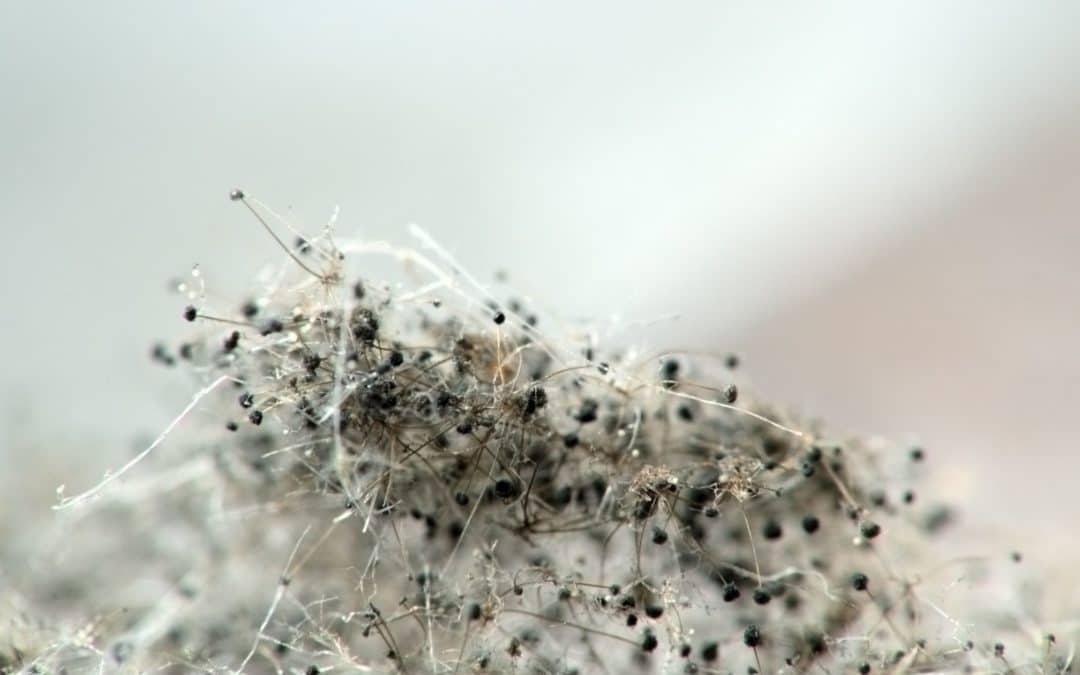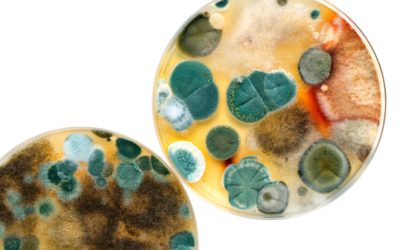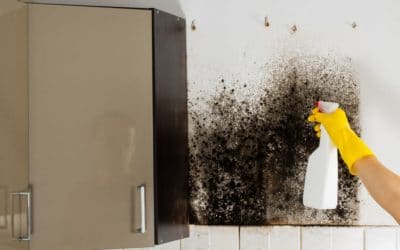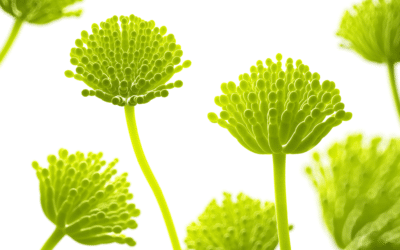Cladosporium Mold: Everything You Need to Know
Mold is a fungus that can be found both indoors and outdoors. There are many different types of mold, some of which are more harmful than others. Cladosporium mold is one of the most common types of mold and can be found in both indoor and outdoor environments. In this blog post, we will discuss everything you need to know about Cladosporium mold!
What is Cladosporium Mold and Where Can It Be Found?
Cladosporium is a type of mold that can be found both indoors and outdoors. It is one of the most common types of mold and can be found in many different environments. Cladosporium mold is often found on dead leaves, wood, and soil. It can also be found on food and in air conditioning systems. Cladosporium mold can also be found in indoor environments such as homes and office buildings.
What Are the Health Risks Associated with Cladosporium Mold Exposure?
The health risks associated with Cladosporium mold exposure are not well known. However, some people may experience allergic reactions when they are exposed to this type of mold. Symptoms of an allergic reaction include sneezing, coughing, and watery eyes. If you experience any of these symptoms, you should see a doctor as soon as possible.
How Can You Prevent Cladosporium Mold From Growing in Your Home or Office Building?
There are a few things that you can do to prevent Cladosporium mold from growing in your home or office building. First, you should keep your indoor environment clean and free of clutter. Second, you should make sure that your indoor air is not too humid. Third, you should repair any leaks in your roof or walls as soon as possible. Fourth, you should keep your outdoor environment clean and free of debris.
What Should You Do If You Suspect That You Have a Cladosporium Mold Problem?
Cladosporium mold must always be removed promptly to prevent damage to your home and to your health. For a small amount of mold, you may want to try removing it yourself. The U.S. Environmental Protection Agency (EPA) says that an area 3 feet by 3 feet or less can often be handled by the homeowner.
Make sure you have the proper equipment, including gloves, goggles and masks toprotect yourselffrom inhaling mold spores. You’ll also need containment materials to isolate the mold and to keep it from spreading to unaffected rooms or areas as you remove the damaged materials. Use tape and plastic sheeting to make a containment chamber to work in. To clean the mold you need a HEPA filter vacuum and a low-toxicity cleaner. You will also need other tools and supplies (hammers, saws, etc.) to complete the removal and repair work. You should also use an air scrubber to help collect any mold spores disturbed and made airborne during the removal process.
The EPA strongly recommends hiring a professional to handle your mold problem when there has been a great deal of water damage or the mold covers more than 10 square feet. They also recommend hiring a specialist if the mold is present in your heating/ventilation/air conditioning system. If you suspect you have mold in your HVAC system, do not run your furnace or air conditioner because it will spread the mold spores throughout the house. Finally, if your mold damage is the result of flooding or sewage backup, you should consult a professional.
Cladosporium mold is a common type of fungus that can be found both indoors and outdoors. It often appears as black or green patches on walls, ceilings, and other surfaces. Cladosporium mold can cause respiratory problems in people with asthma and other breathing conditions, so it’s important to get rid of any colonies you find in your home. If you think you may have a Cladosporium mold problem, contact us for professional mold removal services.




